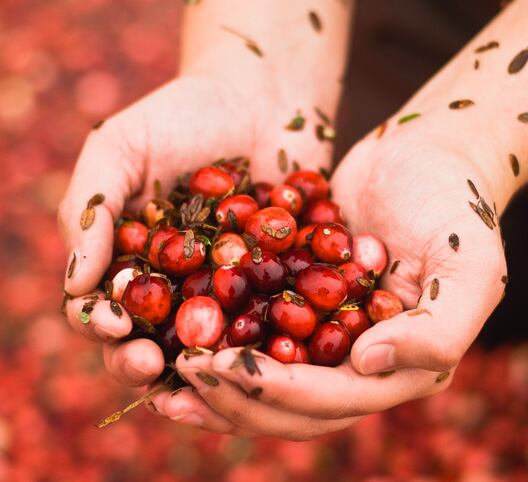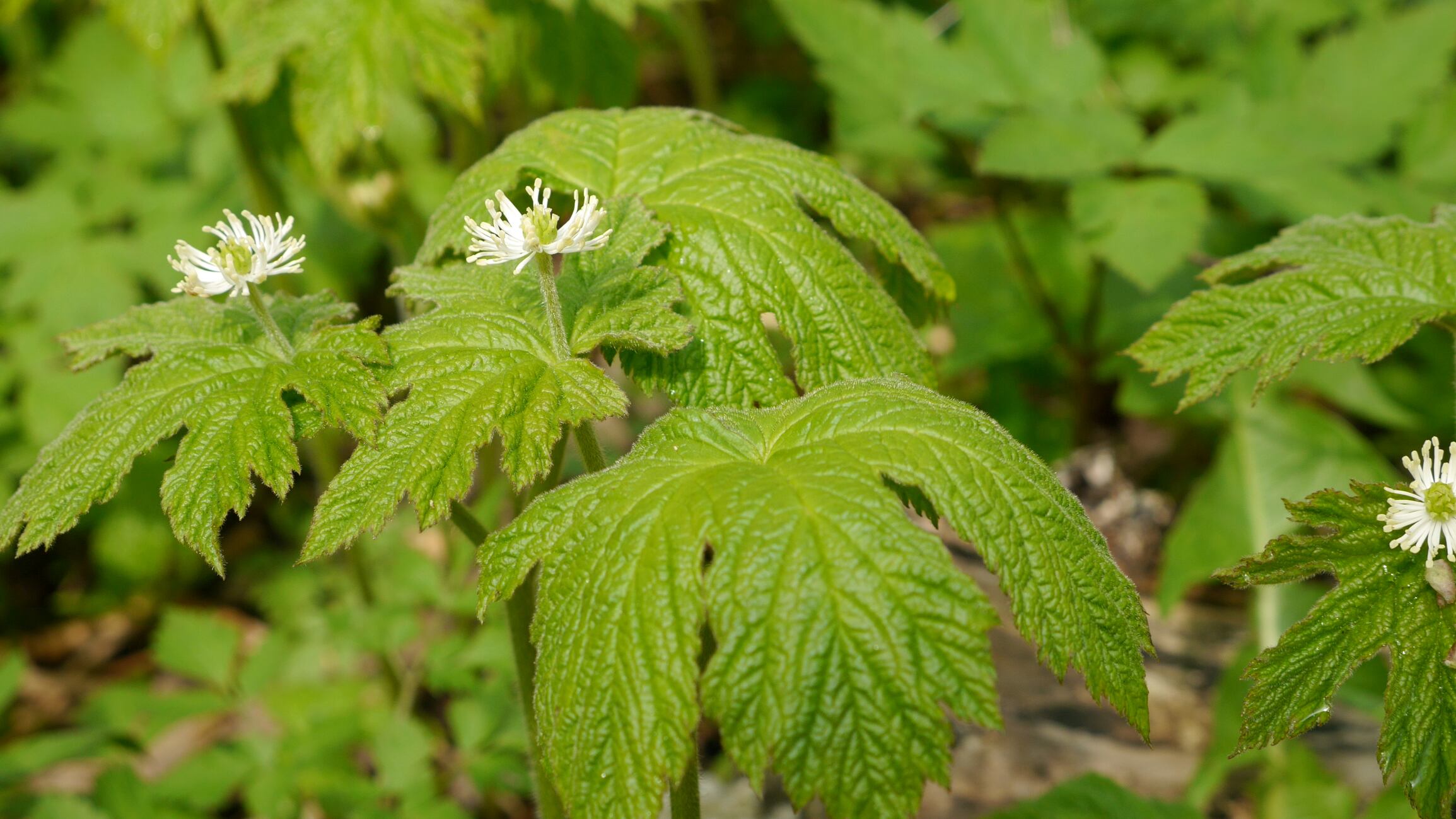The organization includes academics and botanical ingredient company officials from around the world. According to Maged Sharaf, PhD, the head of the organization’s methods review committee, the group was founded to foster the responsible use of HPTLC (High Performance Thin Layer Chromatography)
“We established the association in 2012; it was incorporated in Switzerland,” Sharaf told NutraIngredients-USA. “Its intent is to promote the use of HPTLC analysis in botanicals and in other fields.”
Sharaf, who is also scientific business development director for CAMAG, said as the botanical ingredient industry has grown, so too has the need for methods development. Some legacy methods for analyzing botanicals were in need of revision and improvement. But also, new adulteration modes were turning up that required new approaches to reliably find them, he said.
“We have been working with different pharmacopeias around the world. We produced a general chapter for the use of HPTLC for botanicals for USP. And we have also worked with the European Pharmacopeia to produce a general chapter,” Sharaf said.
“We started with methods for popular botanicals like ginseng and turmeric,” he said. “We keep adding more and more methods as we go along.”
Methods development as moving target
Sharaf said methods development in space has always been a moving target. Of the 13 methods that have been approved for addition, four are revisions to existing methods. At the moment the association has 204 approved methods, he said.
“I was reading a recent article that appeared in a journal. It was addressing the adulteration of ginkgo. We now have adulteration coming from buckwheat and Japanese sophora. So we revised the ginkgo method to account for that,” he said.
Sharaf said the goal is to raise awareness of the methods the association freely offers and to shed light on the adulteration problem in general. If the botanical ingredient supply chain is to be cleaned up and made more reliable, chemical analysis needs to be made more uniform.
“We want to produce standards so a method is reproducible whether it is done in Asia or America or Europe. Whether someone is working in Nigeria or North America, we will all be speaking the same language,” he said.
Sharaf said most of the work done by association is on a volunteer basis. Member companies supply funding via the donation of employee time devoted to member development. CAMAG does supply some funding directly, he said.
The near term plan for the association is to launch a North American chapter. After the organization puts together an online forum, the chapter will launch in early 2019, Sharaf said.
For more information about the organization, see the HPTLC Association website.



